Pastel salt and pepper shaker ID
peachydeva
14 years ago
Related Stories

COLOR11 Pretty Sweet Decorating Ideas Using Pastels
Go ahead, be a softie. When you use powdery shades right, they go beyond child’s play into the realm of chic
Full Story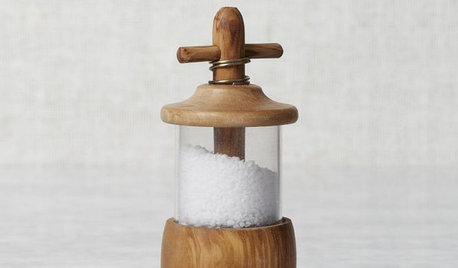
PRODUCT PICKSGuest Picks: Finely Crafted Wood Kitchen Accessories
Bring warmth and a homespun feel to your kitchen and dining room with wood shakers, bowls and other accessories
Full Story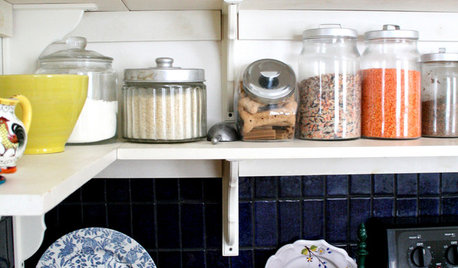
KITCHEN DESIGNDisplaying Kitchen Supplies — Hot or Not?
Do some kitchens just beg for a cozy row of canisters and gear for all to see? Have a look and let us know what you think
Full Story
PRODUCT PICKSGuest Picks: Contemporary Tableware to Greet Fall
Rich colors and autumn themes and textures for the tabletop highlight the warmth of the season
Full Story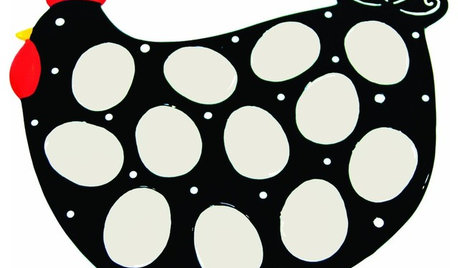
PRODUCT PICKSGuest Picks: Egg Platters to Keep Those Devils in Their Place
You just might cluck with delight over these perfectly portioned egg plates for Easter and beyond
Full Story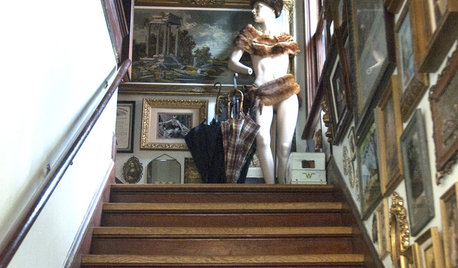
HOUZZ TOURSMy Houzz: Quirky and Collected Portland Apartment
An army of Ken dolls, a handful of mannequins and a whole lot of estate sale finds create interest in a cozy downtown apartment
Full Story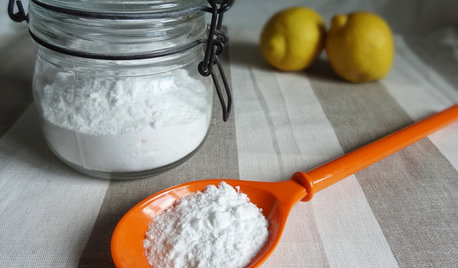
HOUSEKEEPINGBaking Soda: The Amazing All-Natural Cleanser You Already Own
Battle grime, banish odors and freshen clothes with this common nontoxic cupboard staple
Full Story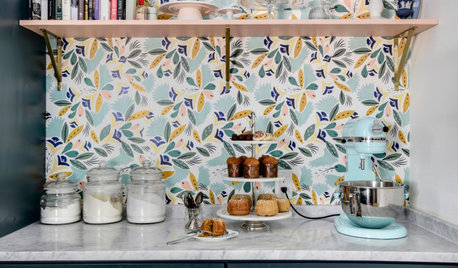
KITCHEN DESIGN12 Items Worth a Spot on Your Kitchen Counter
Keep these useful tools and accessories out in the open to maintain high function without spoiling the view
Full Story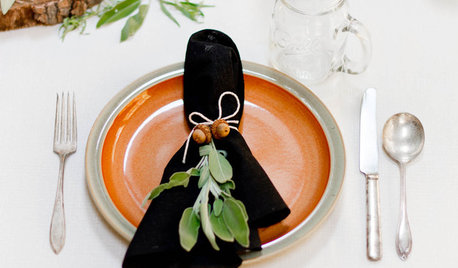

MOST POPULARHouzz Quiz: What Style of Kitchen Should You Have?
Should you be cooking up a storm in a modern, traditional, farmhouse or another style of kitchen? Take our quiz to find out
Full StoryMore Discussions






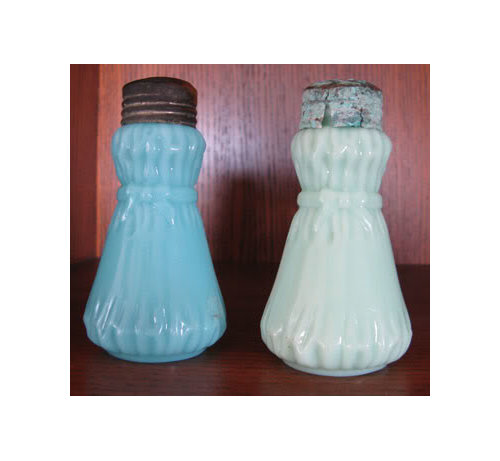
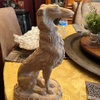
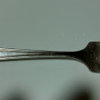
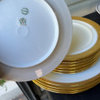

lindac
peachydevaOriginal Author
Related Professionals
Chino Hills Furniture & Accessories · Tucker Furniture & Accessories · Bel Air North Interior Designers & Decorators · Hutto Painters · Bethesda Painters · Huntsville Painters · Lewisville Painters · Mokena Painters · Woodbury Painters · Woodstock Furniture & Accessories · Ives Estates Furniture & Accessories · Wilmington Furniture & Accessories · Kingsburg Furniture & Accessories · Seattle Professional Organizers · Visalia Professional Organizerslindac
peachydevaOriginal Author
calliope
peachydevaOriginal Author
lindac
calliope
peachydevaOriginal Author
lindac
peachydevaOriginal Author
calliope
lindac
peachydevaOriginal Author
lindac
calliope
peachydevaOriginal Author
lindac
calliope